MILAN – In this digital age obsessed with the present and the instantaneous, at a time when everything is consumed in the space of a day on Instagram and Twitter, finding old stories that have gathered dust over the years becomes a happy place where you can (finally) find peace. Thanks to an exhibition this is how a Hollywood director who won two Oscars and directed stars such as Marlene Dietrich and Spencer Tracy, but who remains fairly unknown, has re-emerged. Who is he? Frank Borzage. Welcome to a story from another age that teeters on the brink of the believable, with its mix of emigrants, dreams and hopes, and which starts in Trentino – in Ronzone, to be precise – in Val di Non, at the end of the 1800s, when Luigi Borzaga decides to abandon everything and head for America: “I’m done with poverty. I’m off to seek my fortune.”
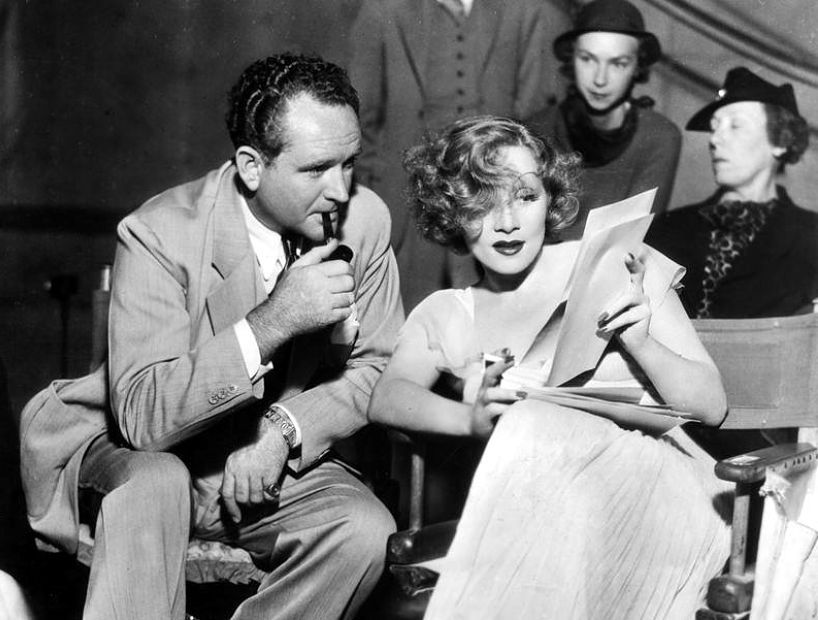
And he would find his fortune, because after finding work in Salt Lake City, Luigi got married and on 24 April 1894 the fifth of fourteen children was born: Frank Borzaga. Frank would soon become Frank Borzage, an actor who had high hopes in silent cinema before becoming a director: he began his career in the theatre before ending up in California and becoming one of the greatest directors of the 1920s, winning two Oscars: the first in 1928 with Seventh Heaven, starring Janet Gaynor – a Fox production that garnered five Oscar nominations – and the second in 1932 with Bad Girl, which earned three nominations and another statue.
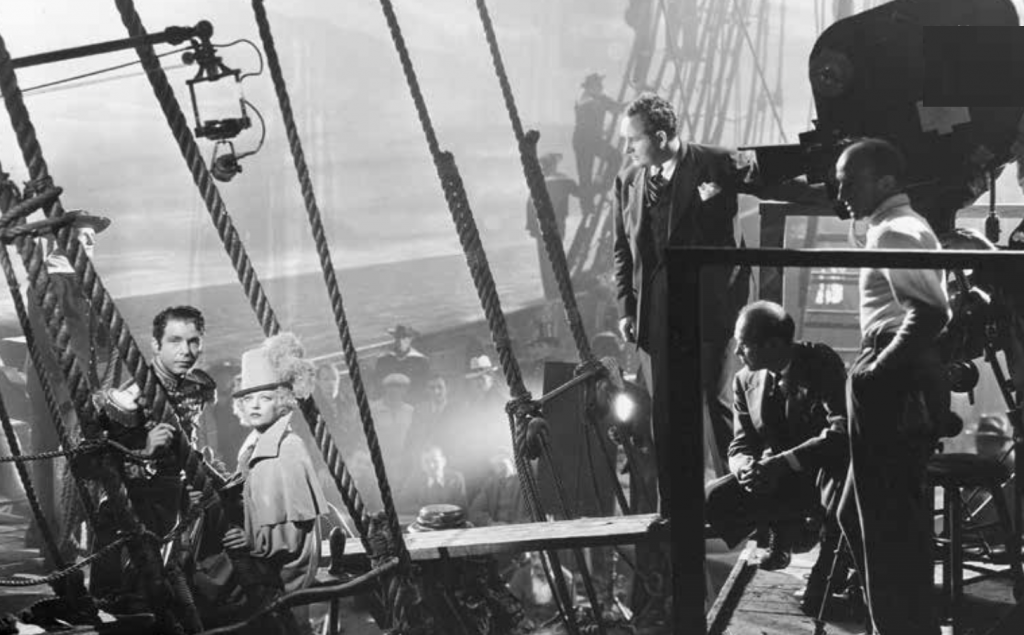
Borzage died in Los Angeles in 1962 and today he is being commemorated in Trentino, the land of his father Luigi: an exhibition – Dalla valle di Non a Hollywood, curated by Roberto Festi and Gianluigi Bozza – is taking place in Ronzone until 13 October while a street is being named after him. His story is found in the yellowed pages of a world that no longer exists and which nevertheless – or perhaps precisely for this reason – never ceases to fascinate us. In this case, however, it is also the only way to rediscover a man who was not just a capable hireling but who would change the course of cinema in the early twentieth century, directing stars such as Gary Cooper, Marlene Dietrich, Clark Gable, Katharine Hepburn and Spencer Tracy.
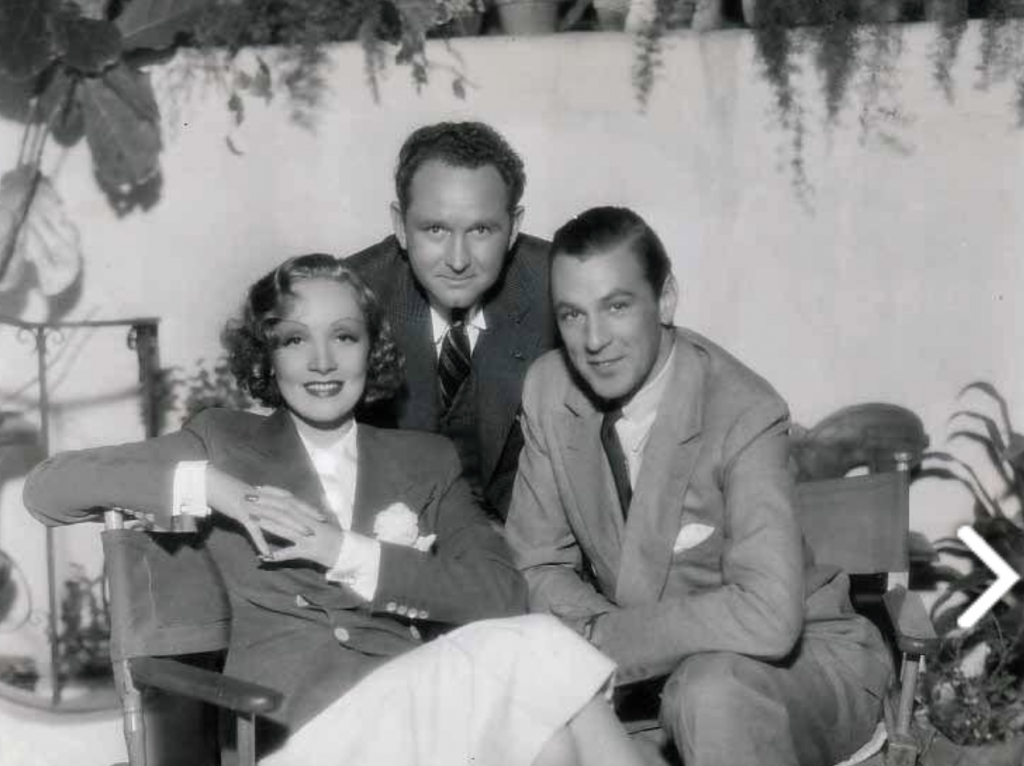
And that’s not all: as well as managing to survive the shift from silent films to talkies, he made the first version of Hemingway’s Farewell to Arms (racking up four more Oscar nominations), followed by Remarque’s Three Comrades. He also worked with a fellow Hollywood monument, Ernst Lubitsch, in 1936 producing the latter’s Desire with Cooper and Dietrich, the couple reunited by Borzage six years after their acclaimed performances in Morocco.
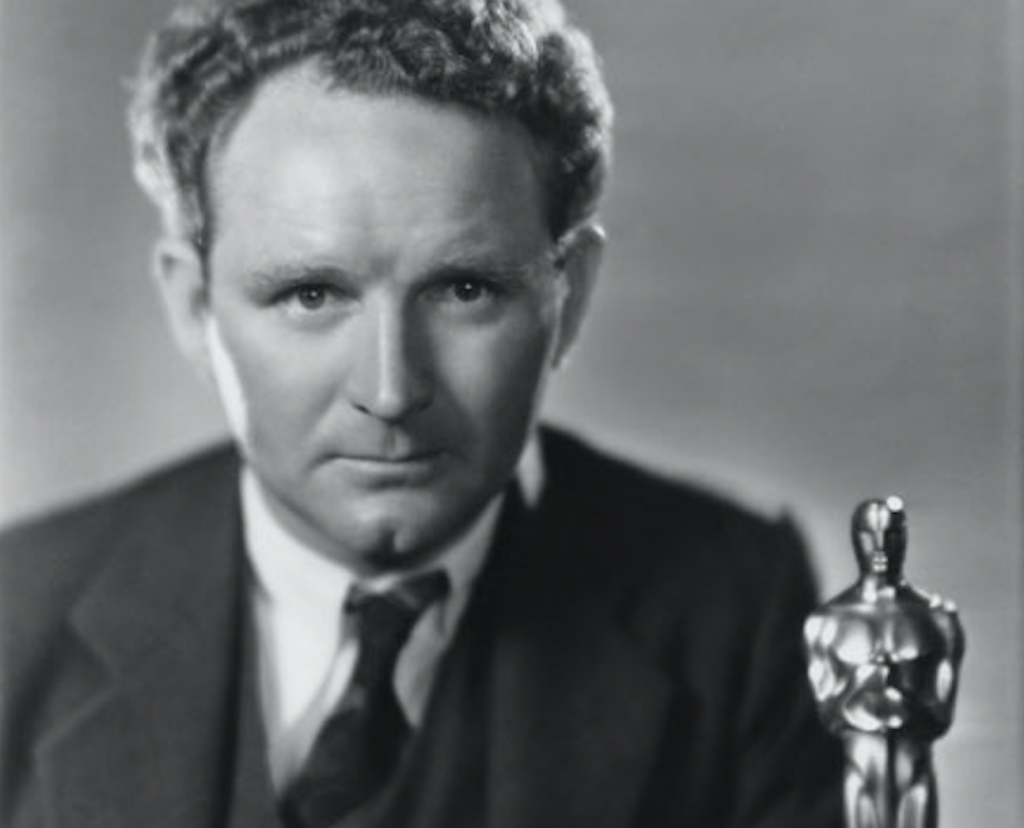
Borzage would continue to make films until the 1950s. He died on 19 June 1962, but not before working on set with another Hollywood star who was also the son of a emigrant with a similar backstory: Victor Mature, son of Marcello Gelindo Maturi, who arrived in Kentucky from Pinzolo. Today Borzage is buried at Forest Lawn in Glendale, California, and while the exhibition is only the first step in a long series of celebrations that the city of Ronzone will dedicate to him through 2020, in Los Angeles his star continues to shine on the Walk of Fame: a star amongst the stars thanks to his father Luigi taking that first monumental step.
- Here’s Borzage’s A Farewell To Arms. Today in public domain:

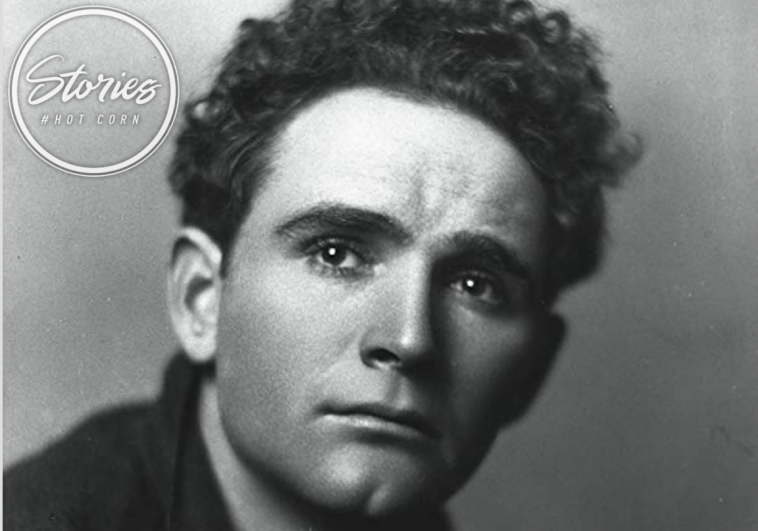

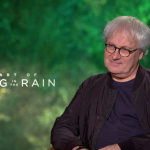


Leave a Comment